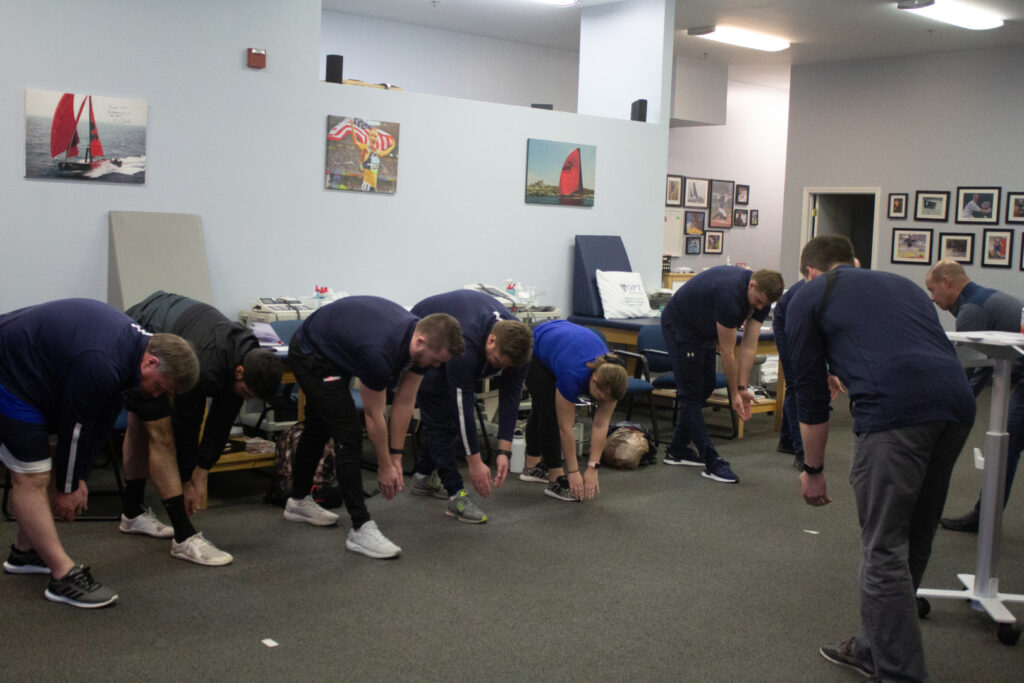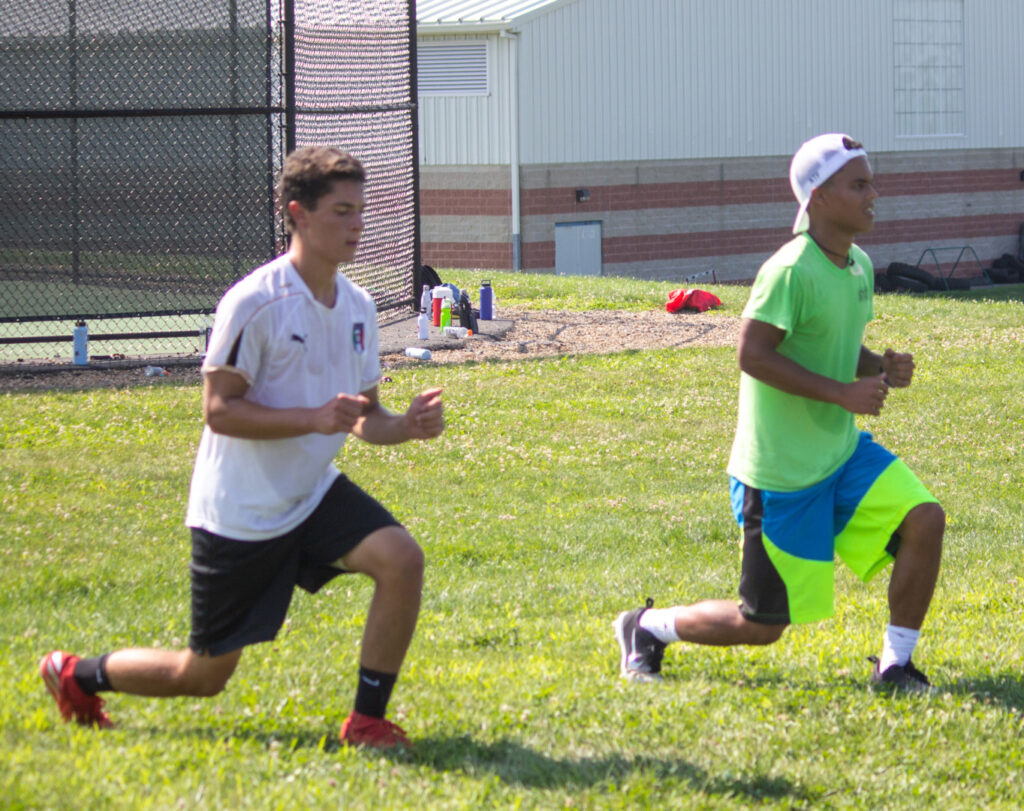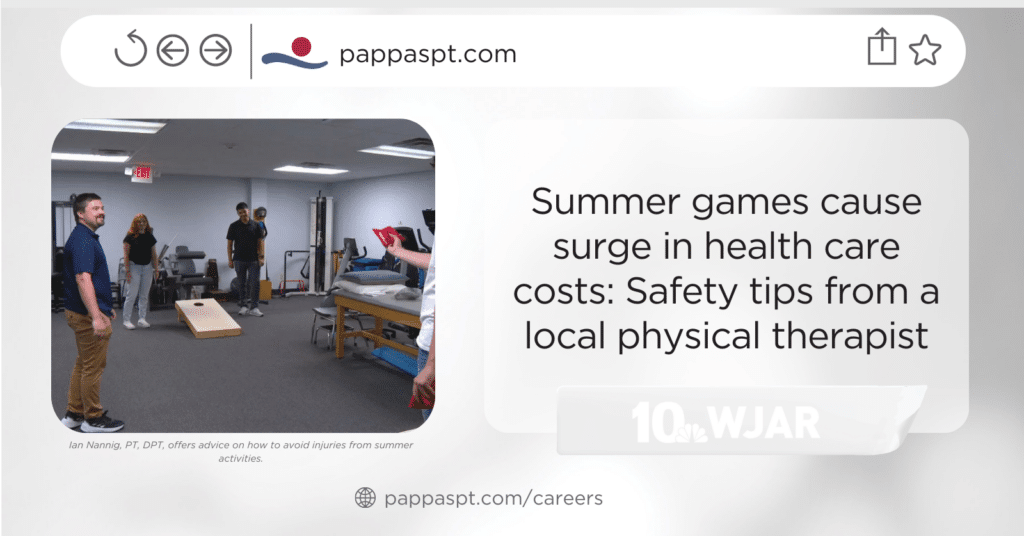Static Stretching vs Dynamic Warmups for the Runner
WRITTEN BY LEO HARMON, PT, DPT

In 2016, Leo was ranked 17th in the nation for the outdoor 800 meters, D3 NCAA schools. He holds the Mid-Atlantic College Conference indoor 800 meter record.
As runners, we have individual routines which we adhere to before and after completing our run each day. These routines consist of warmups, cooldowns, and pre/post run hydration and nutrition practices. Our objective in completing these routines is twofold: improve running performance and avoid injury. In a warmup, this is accomplished by increasing our body temperature and therefore improving our muscle’s ability to lengthen and shorten. But how do we know what warm-up or cool down routine is best in improving performance or reducing injury? Here’s what the research has to say.
What are static and dynamic stretches?
A static stretch is one that is held in one position without movement for a prolonged period of time. Common examples of static stretches include reaching toward your toes to stretch the hamstring muscle group or bending your knee and grabbing your ankle to stretch the quadriceps muscle group. Dynamic stretches are active movements which use muscle contractions to move joints through their available active range of motion. Examples include lunges, high knee skips, and karaoke stepping. For decades it was widely accepted that static stretching helped to reduce injury rate when completed before performing an athletic activity. As research was conducted on this subject, it became apparent that this was not a simple fact and became a hot subject for debate in the research world in the late 1990’s and early 2000’s.

Static Stretching – Pappas OPT|OPT’s Barrington Location
The advantages and disadvantages of different stretches
Comparing different research articles on this subject is difficult because of differing definitions of variables used to define and measure stretching and performance. An article by Behm et al which was published by the European Journal of Applied Physiology in 2011 does a fantastic job at reviewing the available research and dissecting the meaningful findings of each. In their review, they discussed what we already know about static stretching: it is useful for improving joint range of motion and tissue extensibility. However, static stretching has been shown to reduce muscle power when measured with machines which look at maximum muscle power output. This reduction in muscle power was found after stretches were completed for longer than 90 seconds in total duration. There was conflicting evidence on whether or not there was a detrimental effect with static stretching for a shorter period of time. Their conclusion is that while static stretching helps to increase flexibility, it is not the best option for use as a warm-up before athletic performance.
Behm et al also reviewed articles which studied the effectiveness of dynamic stretches for use in warm-up activities. What they found is that most of the research points to slow dynamic movements of a long duration as being most effective for preparing the body for athletic activity. The mechanism by which this occurs is thought to be through the nervous system as these activities help to prime neuromuscular activity and enhance excitability. When comparing the two different types of stretching, Behm et al suggested using dynamic stretching as opposed to static stretches during warm-ups with the goal of improving athletic performance.

Dynamic Stretching – Pappas OPT|OPT’s Athletic Performance Summer Camp
When to static stretch
Though static stretching may not be the most effective when used as a warm-up activity, it can benefit overall health in many ways. Static stretching can be used to help improve limited range of motion of a joint and is often used for rehabilitation purposes after a surgery or injury. While completing a static stretch the blood supply to the muscle group being stretched is temporarily reduced. After the stretch is completed, there is an influx of blood flow to the area. This may aide in muscle recovery as we know that blood flow is essential in delivering nutrients and ridding of waste that is created by athletic activity. Therefore, the most useful time to complete static stretches would be after a run or other workout.
Behm DG, Chaouachi A. A review of the acute effects of static and dynamic stretching on performance. Eur J Appl Physiol. 2011;111(11):2633-2651. doi:10.1007/s00421-011-1879-2
Have further questions about running? Feel free to contact me at [email protected] and I would be happy to assist in any way that I can.




